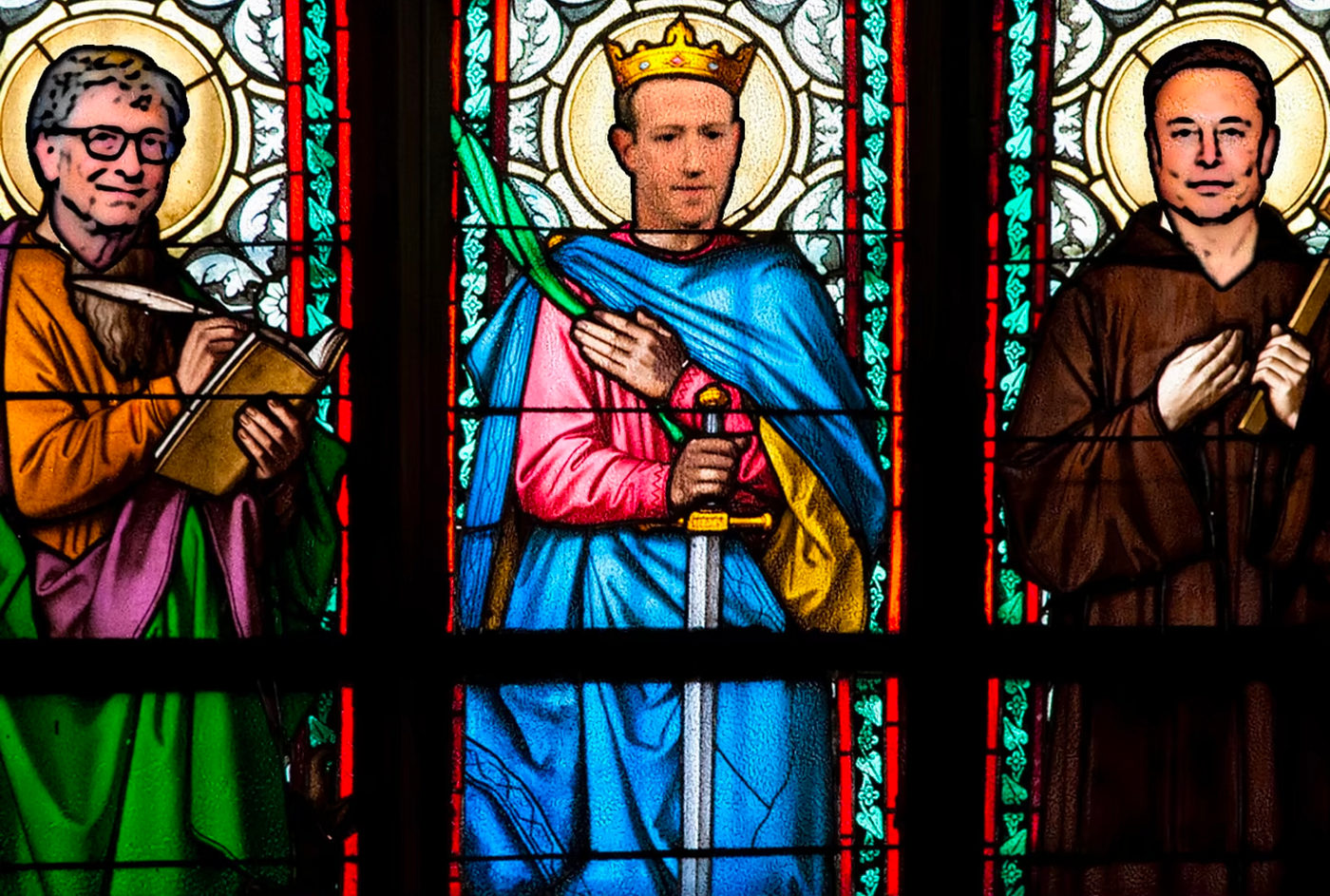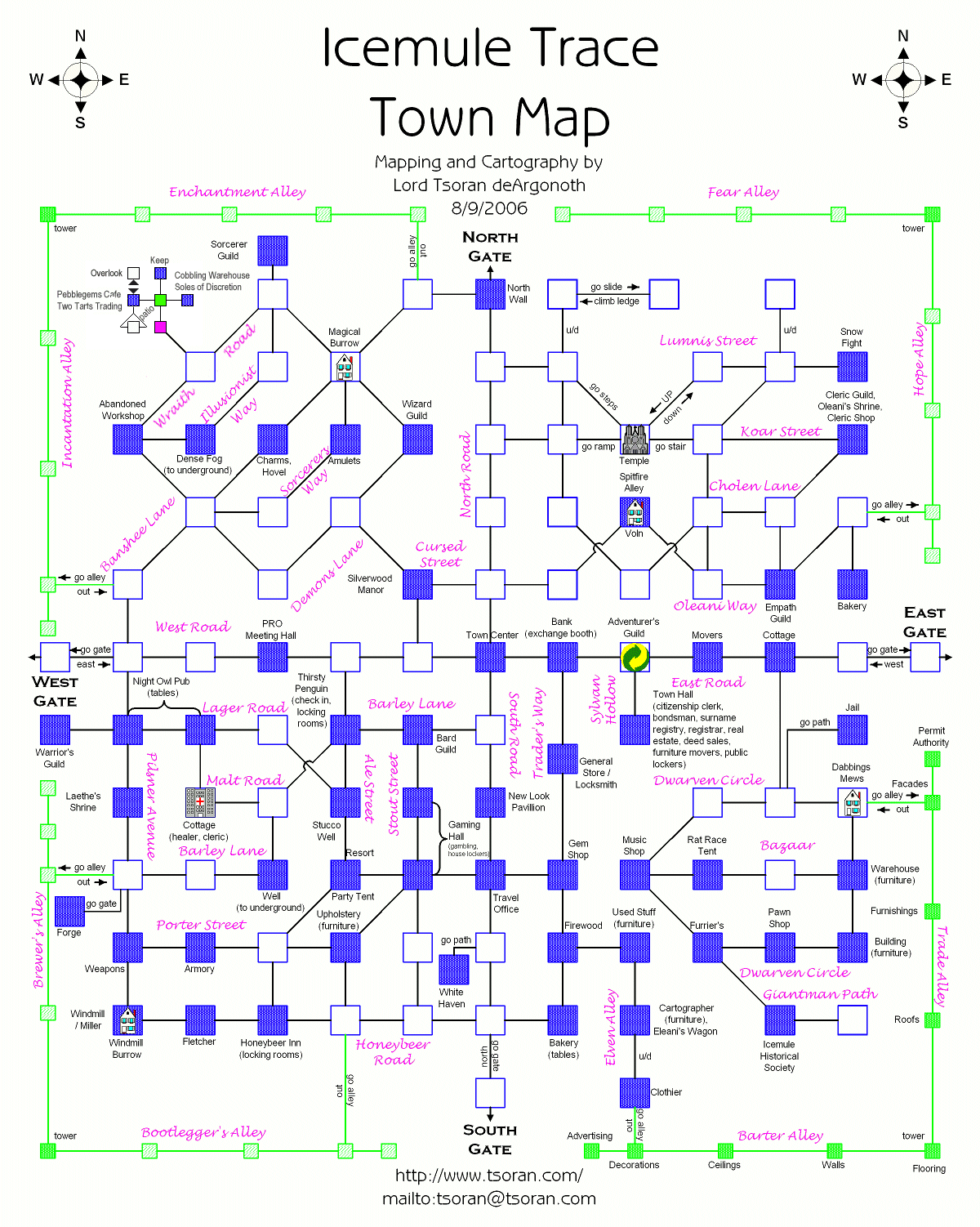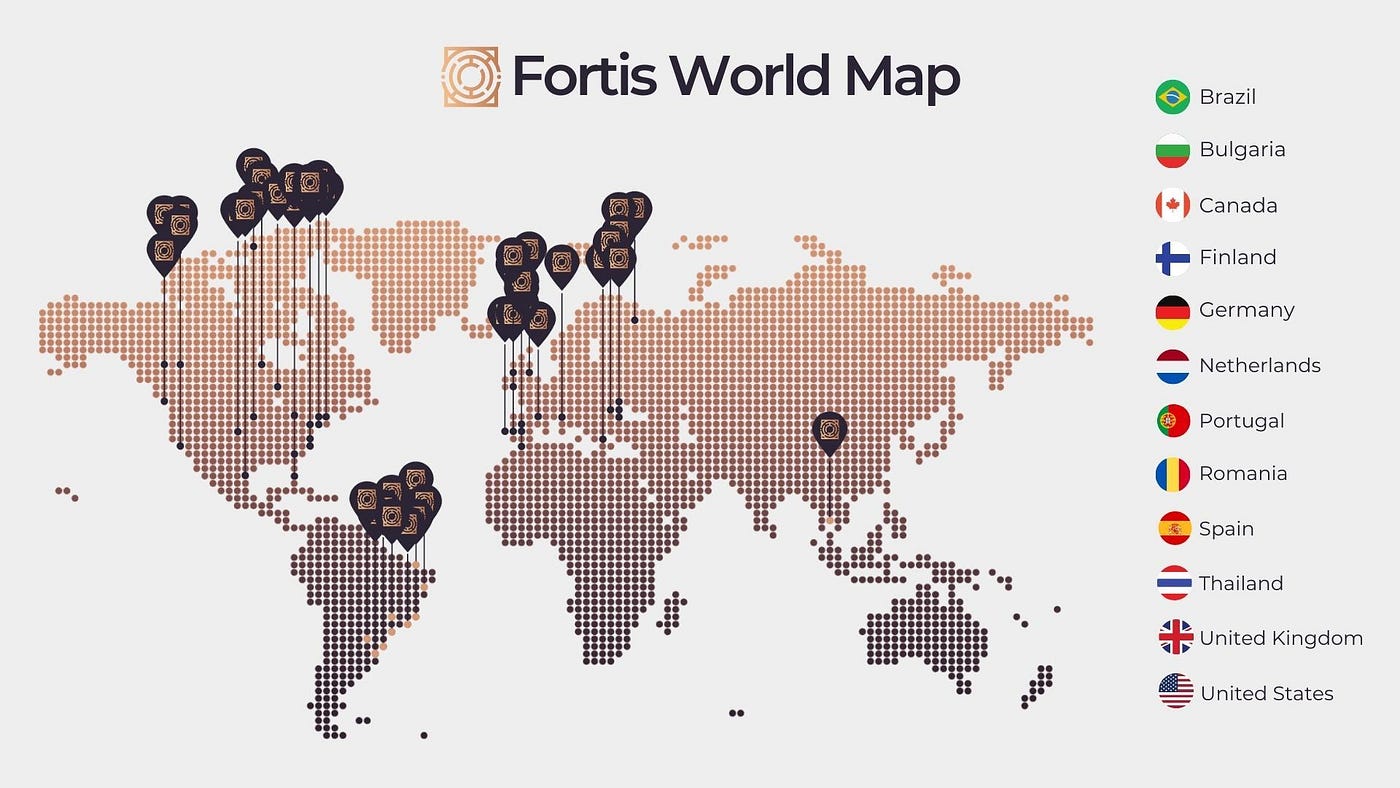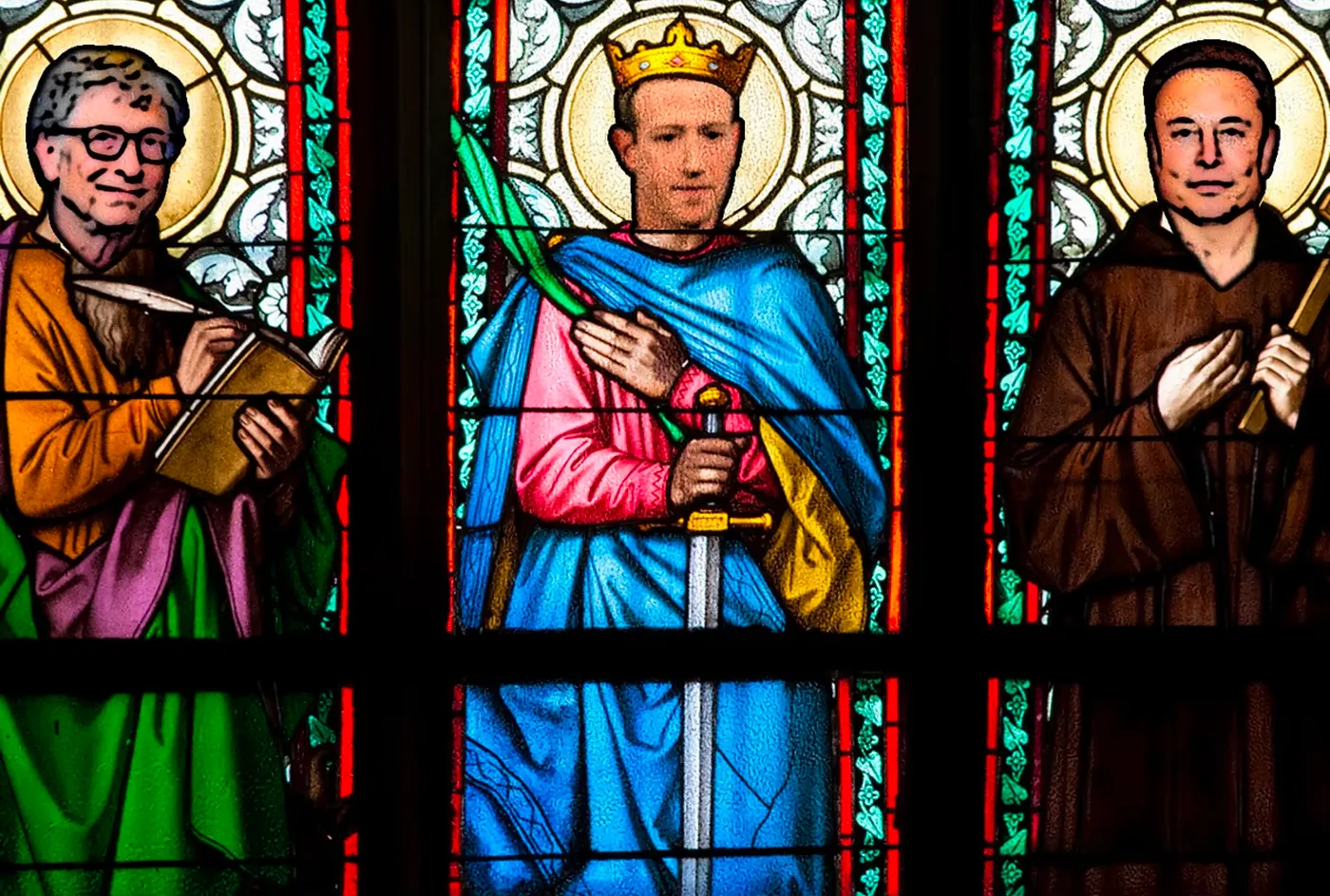We’re going to talk about people in this one. It’s a beast of a topic, so I’ll probably split it into a few separate posts, with this one really trying to talk about the relationship between the pandemic, culture, and the Design Lane.
But, before all of that, permit me a brief personal detour.
A Detour (of a most personal nature)
It may shock many of the readership to learn that I am a nerd. Such an admission hardly bears notice in the modern world, but I came to age in the 80’s and 90s, an era that bore some hostility to the sort of person inclined toward dungeons, dragons, and daydreaming.
Things are different now, with nerds gaining certain status within society:

But back then, in the long ago, in the before times, being a nerd was hardly a ticket to social success. My aberrant interests (I was really into playing bards in AD&D and building artifact decks in Magic: The Gathering) combined with volatility in my home life to create a pretty severe feeling of social isolation. I managed to figure out how to LARP normalcy around high school, but, even then, there’s a certain emotional cost to maintaining a façade.
Thankfully, the internet decided to manifest in all of its AOLian glory around that time. CDs with FREE MINUTES were plentiful, and I gorged upon a great feast of online access until I was forced to become a paying member and become more judicious in my usage.
But even under MINUTE AUSTERITY, the internet quickly became my home. It was the place I felt most myself, and most at ease. Why? Because it was there that I found my community.
All of a sudden, there were people.
People like me.
Lots of them.
All over.
I really can’t describe what an incredible boon that was, how fundamentally it changed my self perception and my life. I went from feeling on the outside to feeling very much on the inside.
These people were gamers. Unabashedly and thoroughly.
They were cool, and I was cool in their company.
It was all very cool.
I befriended some, and mostly just enjoyed being around the others. Early on, our haunt of choice was a text-based multi-user dungeon known as Gemstone III, where we resided in a small, wintry town known as Icemule Trace.

We were salty, decent folk, unlike those pampered twits down in rival town Wehnimer’s Landing. And, even though traveled we came from all over, we were community. We knew each other. We looked out for each other.
It was a formative experience.
As the internet has blossomed outward and reduced human interaction to its most superficial lowest common denominators via algorithms, I think a lot about those early years and what that deep community felt like. It’s something I’d like to recreate. Both in the company I work at and in the games I help create. I want be a part of a group of people who are all very different but feel familiar all the same. I want the whole world in a community, working together for some collective goal.
And, for a long time, this didn’t feel possible. Not in the construct of a company at least. Previously successful patterns of work had calcified into hardened views on how companies must work. These views insisted on a certain style of organization with a certain style of culture and style of working. Within that system, a diverse, global workforce was far less valuable than a local, culturally homogenous one. Alternatives were not to be considered, not if you were serious about attracting funding.
Until the pandemic.
Suddenly, endemic assumptions about work were called into question. No one was quite sure what work would even look like any more. Perhaps it would be the same, but perhaps it would be entirely different. Responsiveness to a dynamic and shifting environment might be more important to success than having a really amazing work campus with soft serve in Silicon Valley. Things were different. Could be different.
Enter Fortis.
Global. Remote First.
Games where you belong made by people who want to belong.
That’s the dream.
Detour over. Let’s rejoin the main road.
The People Puzzle
Talent is a precious commodity. Finding the right people and convincing them to join you is often the greatest obstacle a company faces in the early going. You start with an idea, but you need a team to make it a reality. That’s the People Puzzle. There’s many versions of it, but it’s always the same: how to find the right people at the right time.
Fortis was founded during the pandemic. At that moment in time, it wasn’t clear what the future might hold. We were in an unprecedented moment. Society had never had the technological capability to engage in work remotely (at least not at this scale) and it rarely had a force of suitable power to disrupt standard practice. It was a surreal experience to consider whether companies were just going to be different moving forward. That past might be an unreliable predictor of future.
In the murk, we made a judgment call: Fortis would be remote first. We would commit to it up front and attempt to design the entire company with that in mind. We believed that leaning into the societal shifts then under way would be a competitive advantage compared to companies that were on the fence about it (or that had been built with a different set of assumptions in mind).
The bargain we made was simple: We would trade the closeness live offers for the ability to hire the world.

I think we came out ahead in that trade. We employ amazing people in twelve countries and we receive ~2000 applications a week. It’s an incredible inflow of people wildly beyond anything I’ve ever experienced before. I believe we have access to the right people and I believe we can hire them at the right time.
But I don’t want to pretend it didn’t come without costs.
Even under “traditional” circumstances, it’s hard to establish a strong culture with trust (I think the “in” phrase for this is psychological safety) in professional settings, doubly so in creative enterprises where debates tend to center on ambiguous, complicated, and subjective topics like: Is this the best design for this audience? Quadly so when you’re building in the Design Lane, which has considerably more ambiguity to manage.
Fortis is a global, remote, Design Lane game developer. Each of these qualifiers makes it more difficult to establish a strong cultural identity.
- By being global, we have far more local work cultures to reconcile into a stable company culture.
- By being remote, we have far fewer social reinforcements to our culture. Team building via Starbucks runs is gone.
- By being in the Design Lane, we have considerably more ambiguity in our processes, which creates tension.
- By being a game developer, we have to deal with the passion and emotional scarring that comes along with working in games. People arrive with dreams and baggage.
All of these are entropic forces in Fortis’ culture, constantly trying to drag it toward chaos. It’s more than the typical startup needs to deal with. It adds considerable complexity to management, even if our approach is relatively straight forward:
- Define the culture clearly — mission, vision, values & processes.
- Hire against our values and try to live them.
- Be transparent that this is an evolving process.
- Double down on empathy.
Four points. Simple!
Those bullets are easy to write and hard to put into practice.
You see all of these articles about managers wanting to force workers back into the office. Often its framed as out-of-touch managers with God complexes trying to destroy the lives of their subordinates so they can live out their narcissistic fantasies via face time. I’m pretty content to have that narrative out there since it works in our favor, but I get where the managers are coming from.
It’s really hard to be effective as a manager in a remote setting, particularly if your company isn’t set up for it and didn’t hire against it.
- Communication: The value of communication is far higher in a remote setting, but its effectiveness is far lower. Lol @ charisma in remote settings — you just become an insane person emoting frantically in your basement at a webcam.
- Emotions: Negative moments — such as constructive feedback — are felt far more keenly than positive ones when people are sitting in a room by themselves.
- Politics: Social cues are less noticeable, causing misunderstandings that proliferate and entrench into problematic narratives that stampede through the Zoomiverse.
- Interpersonal: It’s harder to build connections because most interactions are transactional (Zoom meeting for a particular purpose or a Slack message to ask for something).
Tough situation.
In a remote company, it feels like culture needs to operate as its own stand alone product, rather than a natural extension of modeled leadership behavior. Remote companies make it far harder for that behavior to be modeled and understood. The four point plan of attack I outlined above is our approach to things, and it’s worth going into with more detail. We don’t have time to cover everything so, we’ll just start with the first point: a clear definition of our vision, mission, and values.
It’s hard to build a culture if people don’t know who we are and what we aim to do.
So who are we?
A Fitting Culture for Cultural Misfits
We’re Fortis.
We build games where you belong… (← Vision statement.)
…made by people who want to belong.
Our culture is built upon a desire to find ways to bridge the gap between people, because that’s what our games are meant to do.
You can probably see the through line from the personal detour we opened with to the vision statement. Like most startups, Fortis is shaped by the things that motivated the founders to come together and all three of us were strongly attached to “belonging” as a guidepost for the company (I’ll leave it to Steve & Calvin to offer their own personal connections to this). We viewed Fortis as an opportunity to create a community that embraces a broader group of people from a wider set of backgrounds than might be found elsewhere.
In our experience, a certain set of personality types tended to dominate leadership roles in our industry. The ability to project a viewpoint in a charismatic way in a live setting was an essential criteria to leadership. Intuitive, on-the-spot reasoning and debate ability were also highly prized. The creative process was best driven by people who could maintain a veneer of mastery over it at all times. Owning the room, as it were.
Quiet types. Deliberative types. Careful types.
All disfavored. Misfits.
Historically, that’s played to my benefit (Multi-classing from a lawyer base gave me +5 to verbal combat). I’m less certain it always plays to the company’s benefit. Particularly when confronting the complexity of the Design Lane. Within the Design Lane, many issues don’t reach resolution through charismatic driving (which the standard leader archetype excels at), they require sitting with the problem, considering the complexities, and then searching for solution by gathering data through experimentation.
That approach sits on the far end of the spectrum from the auteur/visionary model.
As we considered the implications of our lane, it became clear that our culture would need to find ways to draw in people outside of the typical leadership archetypes and support them. These people would need to feel like they belonged in the company.
This has required a massive retooling of standard industry processes, some of which I referenced last time when talking about how we handle green lights. There’s a de-weighting of high stakes meetings and pageantry. Discussion takes place asynchronously through written documents with comments rather than in the ZOOM DEBATE THUNDERDOME. If a debate breaks out live, everyone is told that the topic is not closed and they should feel free to add their thoughts in writing afterwards if they want to consider the issue further. People are also encouraged to put messages in the chat if they would rather not participate via speaking. The goal is to encourage thoughtful deliberation of topics and to open the avenues to discuss them to a broad array of communication styles.
That’s had all sorts of interesting effects. Since things are written, there’s now a textual history in the company, which makes ramping future people into context easier. It also creates greater accountability for decisions because we can go back and know exactly what we were thinking at the time we were making them (rather than allowing ego-preserving selective memories to fill in those gaps).
It also makes it far easier for people from different work cultures and time zones to participate. Following a fast-moving debate on an abstract topic like game design in your second or third language is a challenge. Participating in that debate when you have a local work culture that discourages confrontation is intimidating — asking probing questions on a document presents a lower barrier to participation. If you can’t make a Zoom meeting, the relevant context will be written (or the meeting itself will be recorded for future viewing) so you can still respond.
There’s a lot more to it. The last few years has highlighted some of the difficulties people face in the industry when they don’t fit the standard mould, and building Fortis has been enlightening on just how narrow that mould is. Very few processes have been left untouched, and all of them are being evolved as we learn more about how to build belonging in the company. It’s invigorating stuff, but it’s a beast to really untangle.
In the end, I think the prize will be worth the pain. The pandemic has already forced us to work in a new way, and it seems like an ideal time to really consider and update the processes the industry has used to function. These blog articles (beyond being a shocking exercise in self-aggrandizement) have been a helpful tool in trying to document and lay out the thought process behind this effort. It’s a good window into the Fortis way.
To those of you who have enjoyed reading them, shoot us an application at fortisgames.com. If you think it’s a pile of BS, drop a comment — that’s the Fortis way too.
Authors: Shawn Foust
Published:
